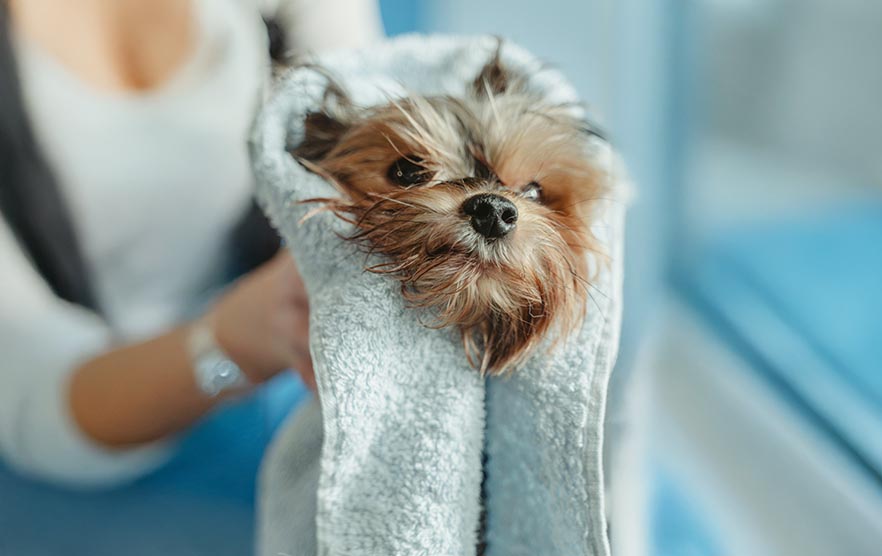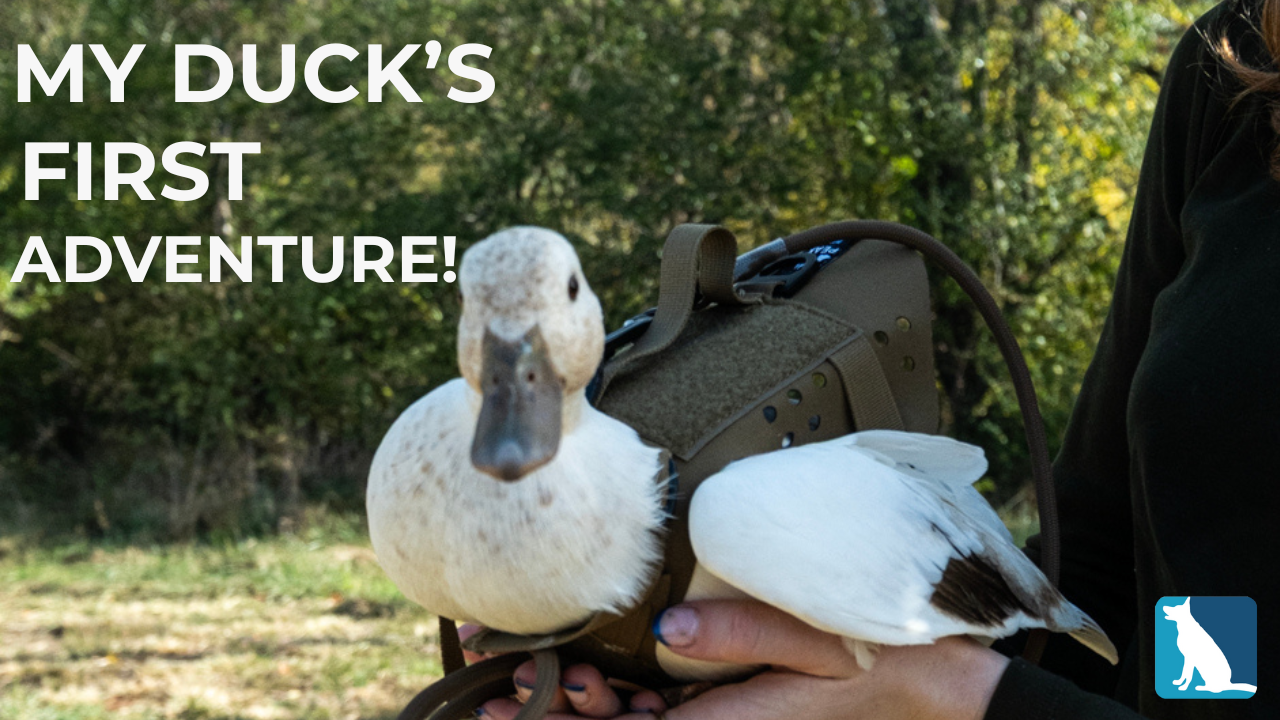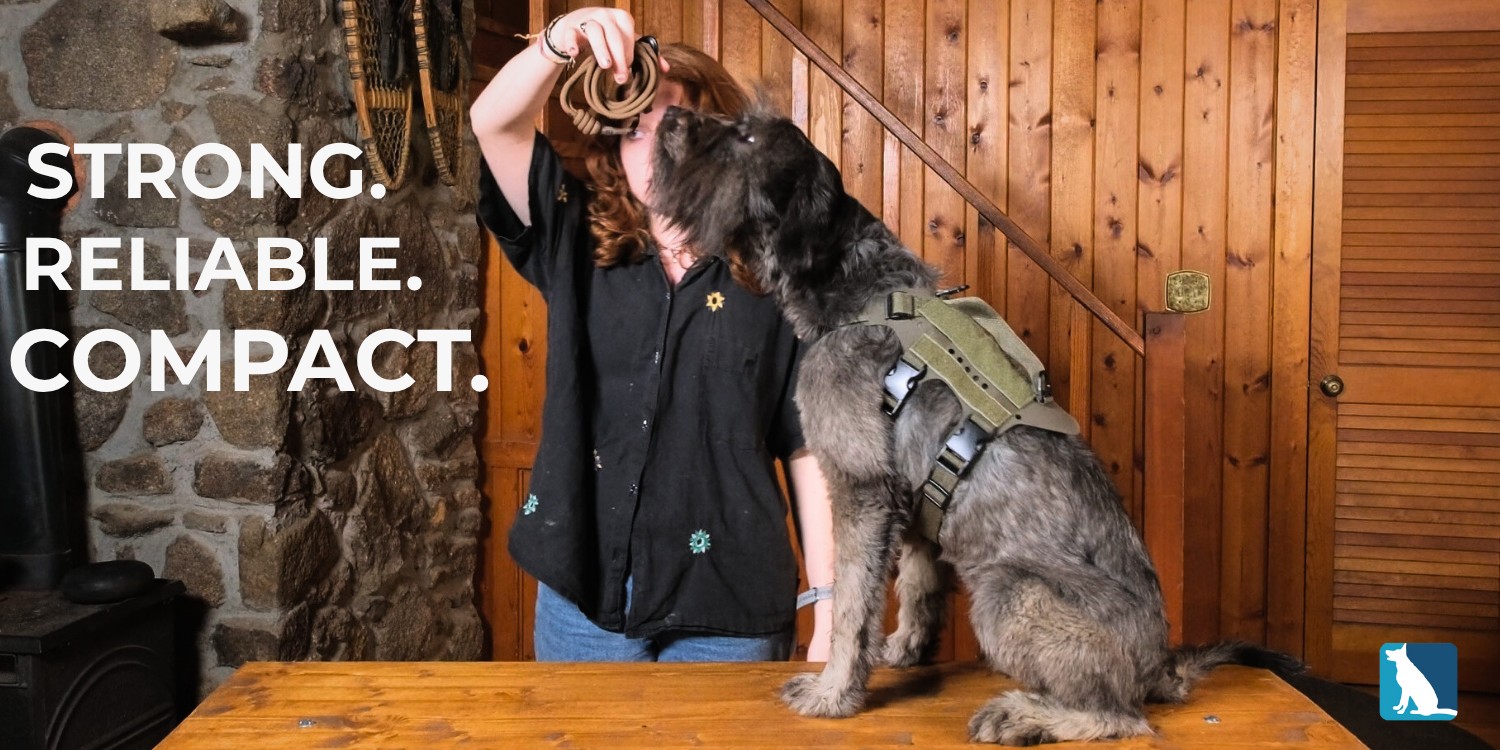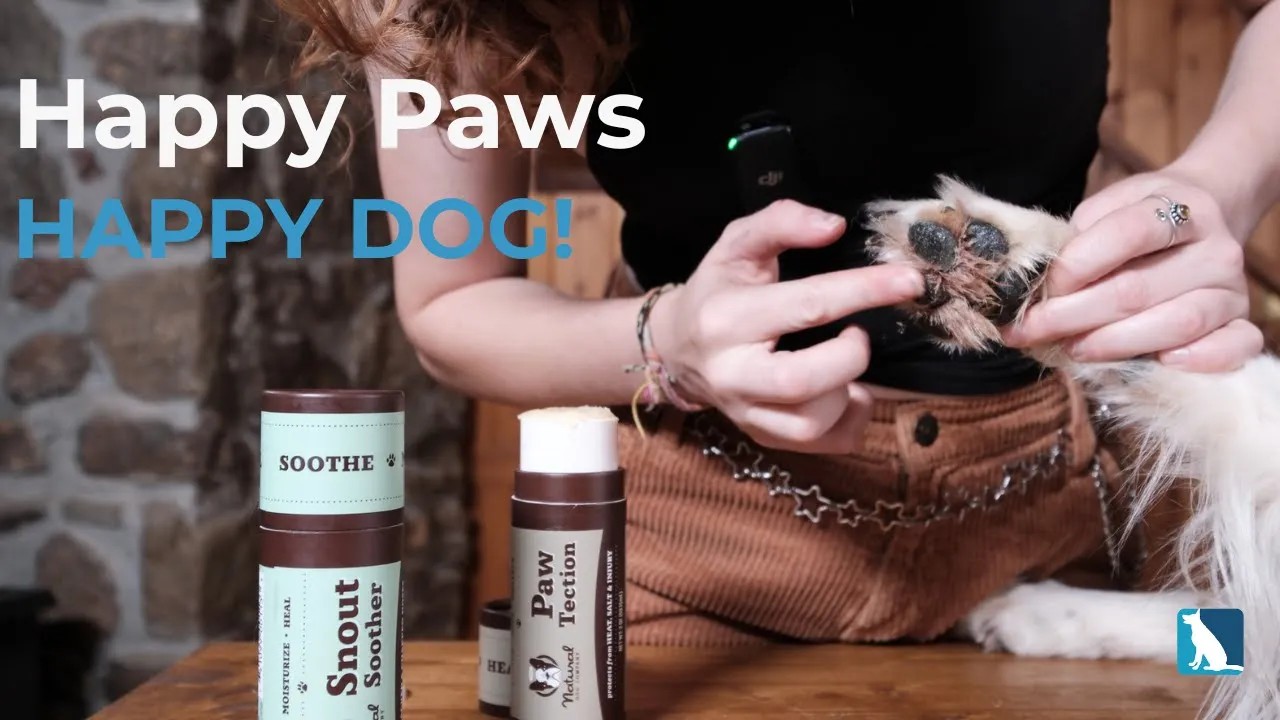Grooming for Obedience: Presenting a Polished Team
May 12th 2025

When it comes to obedience competitions, most handlers focus heavily on training the perfect heel, stand for examination, or recall. However, one aspect that can significantly impact your scoring and overall impression is often overlooked: proper grooming. Unfortunately, it’s all too common that otherwise talented teams lose valuable points due to presentation issues that could have been easily addressed with proper grooming techniques.
Why Grooming Matters in Obedience
In the competitive obedience ring, judges evaluate the dog-handler team as a complete package. The AKC Obedience Regulations state that scoring begins the moment you enter the ring and continues until you exit. While the regulations don't explicitly mention grooming, presentation falls under the broader category of "general appearance," which can influence a judge's overall impression.
A well-groomed dog:
- Demonstrates your attention to detail and professionalism
- Shows respect for the sport, judge, and fellow competitors
- Allows the judge to better observe your dog's movements and positioning
- Projects confidence and readiness
- Creates a positive first impression before you even begin your routine
Breed-Appropriate Grooming Considerations
Different breeds require different approaches to grooming for the obedience ring:
Working and sporting breeds benefit from a clean, functional trim that showcases their athletic build. For retrievers, a neatly trimmed coat with special attention to feet and ears ensures nothing distracts from their performance.
Herding breeds like Border Collies and Australian Shepherds should have their coats brushed thoroughly to remove loose hair and prevent matting during active exercises. Trimming the hair between foot pads improves stability during pivots and turns.
Toy breeds and non-sporting dogs often have more elaborate grooming requirements. While a full show cut isn't necessary for obedience, a neat, clean appearance that allows for unrestricted movement is essential.
Essential Grooming Elements for Every Obedience Dog
Regardless of breed, certain grooming practices should be standard for all obedience competitors:
Basic Hygiene
- Regular bathing scheduled 2-3 days before competition (allows natural oils to return while maintaining cleanliness)
- Clean, trimmed nails that don't click on hard surfaces
- Clean ears free of excess hair and debris
- Clear eyes without discharge
- Clean teeth and fresh breath (especially important for exercises where the judge is close to your dog)
Coat Maintenance
- Regular brushing to remove loose hair and prevent matting
- Trimming of hair between foot pads for better traction
- Removal of tangles that could cause discomfort during movement
- Managing shedding through appropriate tools like undercoat rakes, slicker brushes, or grooming gloves
Practical Considerations
- For long-haired breeds, consider securing hair away from eyes with bands or a snood
- For heavily-coated breeds, trim belly hair to allow judges to see the sit position clearly
- For breeds with facial hair, trim around the mouth to prevent food-seeking distractions
The Pre-Competition Grooming Timeline
Proper grooming isn't just about the day of the show. Here's an ideal timeline:
2 weeks before:
- Schedule professional grooming if needed
- Address any skin issues, excessive shedding, or coat problems
- Begin more frequent brushing to condition coat
1 week before:
- Final nail trim (allows time for sharp edges to soften)
- Address any remaining coat issues
- Trim hair around sanitary areas and footpads
2-3 days before:
- Bathe with high-quality shampoo and conditioner
- Clean ears thoroughly
Day of competition:
- Quick brush-through to remove overnight tangles
- Spot clean if necessary
- Quick check of nails, ears, eyes, and teeth
Beyond the Dog: Handler Presentation
Remember that you are being judged as a team. Your appearance should be:
- Neat and professional
- Comfortable for moving actively with your dog
- Appropriate for the venue (indoor/outdoor, temperature considerations)
- Free of dangling jewelry or accessories that might distract your dog
- In complementary colors to your dog (avoid colors that blend with your dog's coat, making it harder for judges to see precise positions)
Common Grooming Mistakes to Avoid
- Over-bathing - Stripping natural oils can lead to dry skin and excessive shedding
- Under-brushing - Missing tangles or mats that become painful during movement
- Neglecting nails - Long nails affect gait, balance, and can cause discomfort
- Using scented products - Strong scents can distract your dog and others in the ring
- Last-minute major grooming - Can stress your dog before competition
The Competitive Edge: Details Matter
Top handlers know that attention to detail separates good teams from great ones. Consider these finishing touches:
- Use an anti-static spray for breeds prone to flyaway hair
- Apply paw pad conditioner for better grip on slippery surfaces
- Keep a lint roller, baby wipes, and dry shampoo in your competition bag for last-minute touch-ups
- Bring a small spray bottle with water for quick spot-cleaning or coat dampening
- Have a dedicated towel for wiping muddy paws in outdoor venues
Grooming as Part of Your Training Regimen
Incorporating regular grooming into your training routine serves multiple purposes: it accustoms your dog to being handled, builds your bond, and ensures you're always ready to compete. The most successful obedience teams understand that excellence comes from attention to every detail—including grooming.
Remember, when you step into the ring, your grooming doesn't just showcase your dog—it demonstrates your commitment to excellence and respect for the sport. A well-groomed team projects confidence and preparation before the first command is even given.





